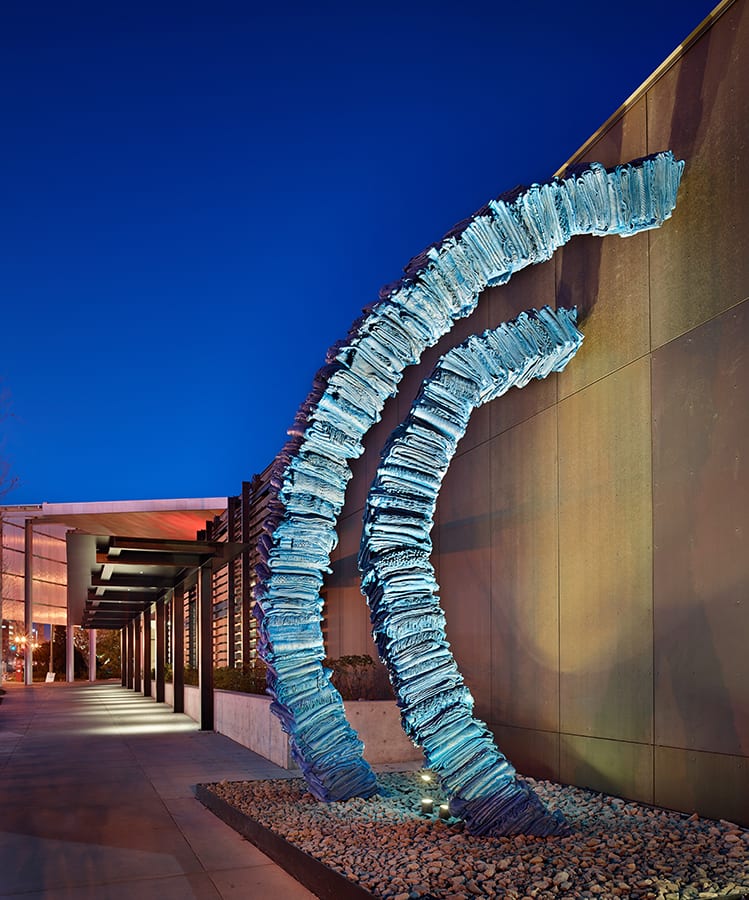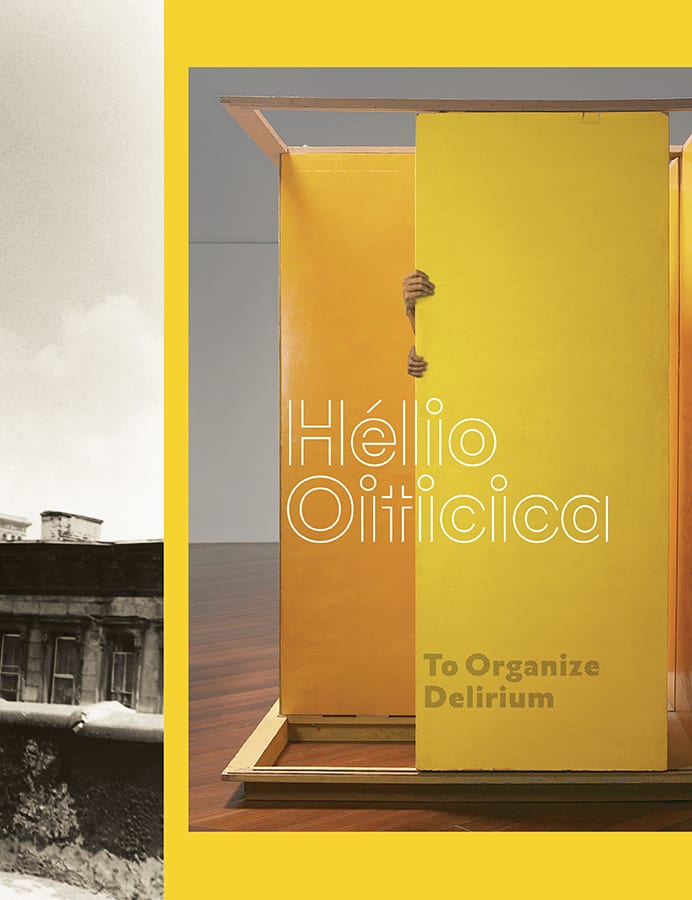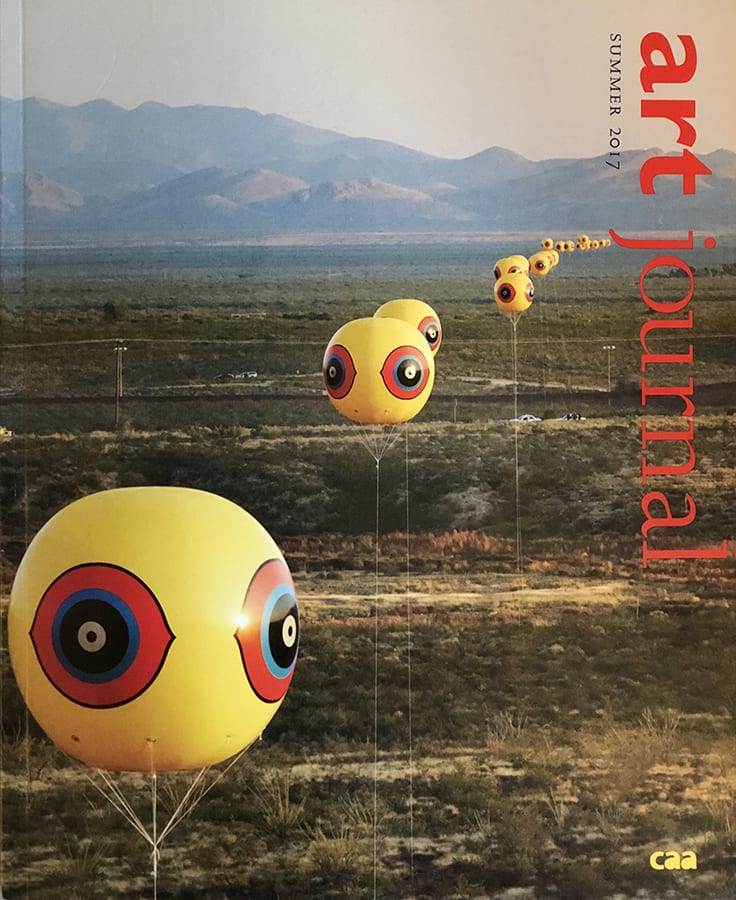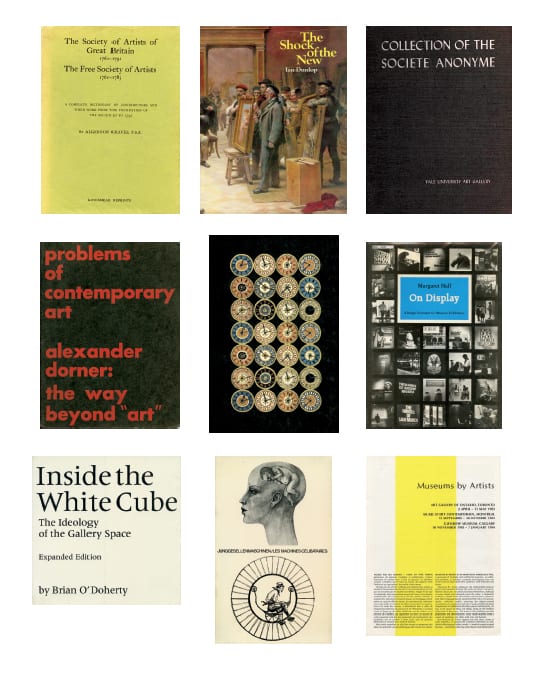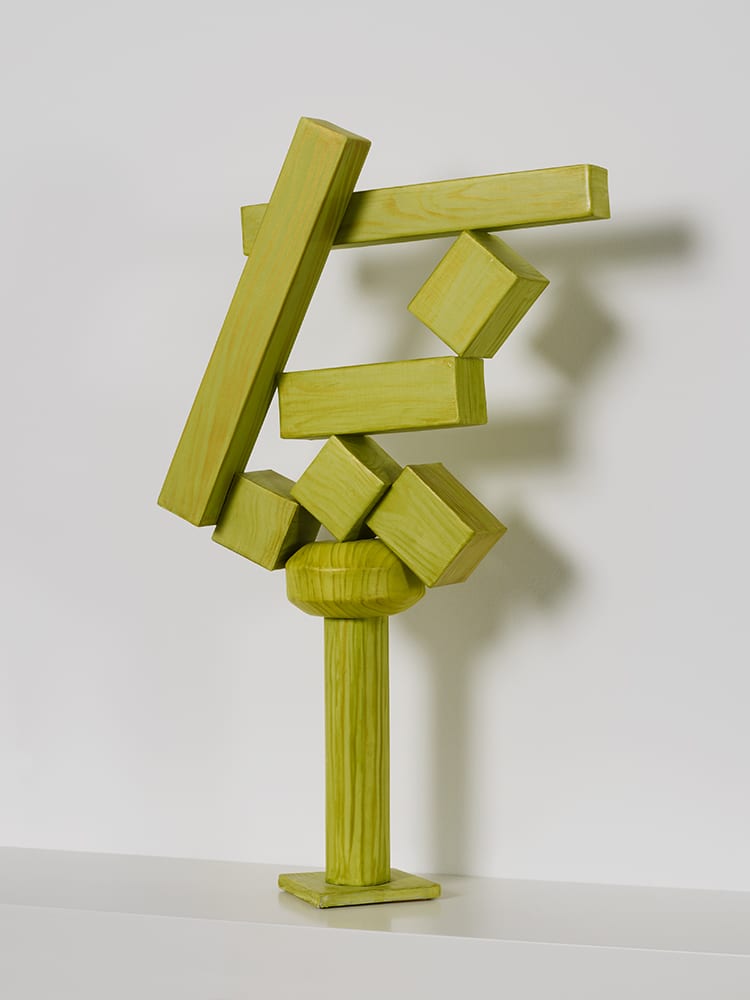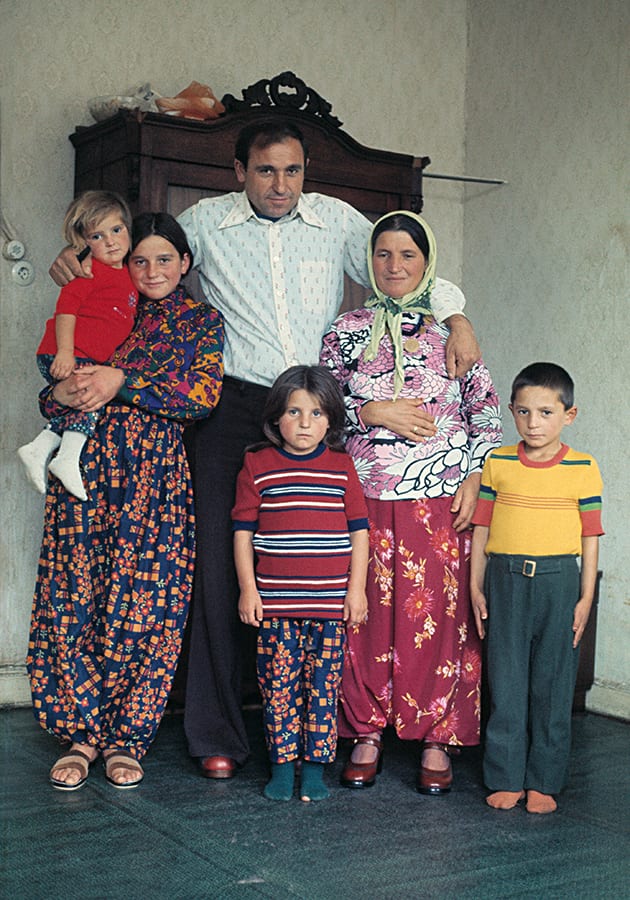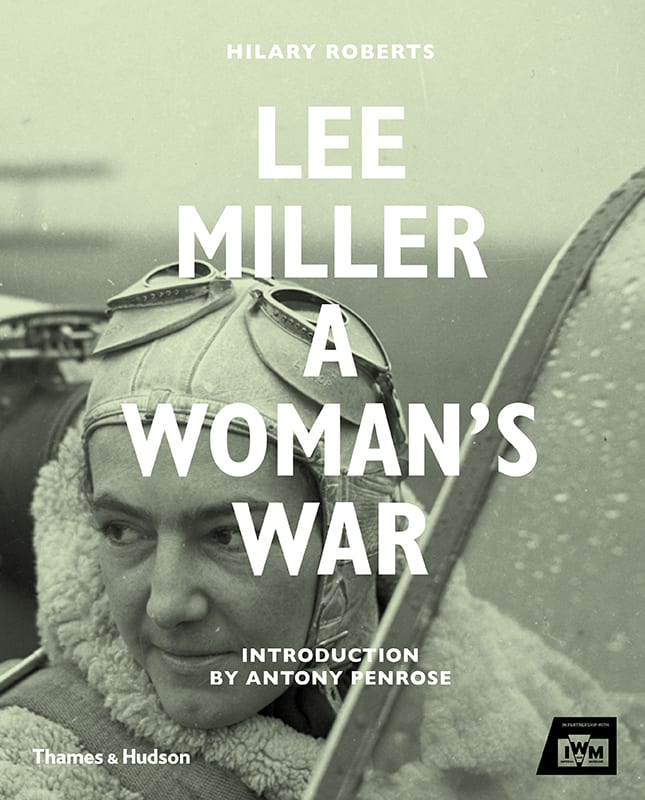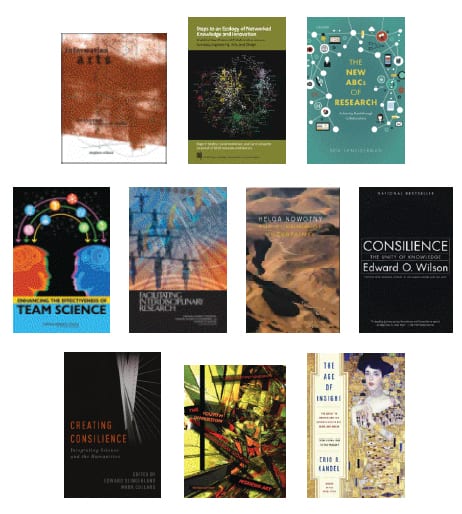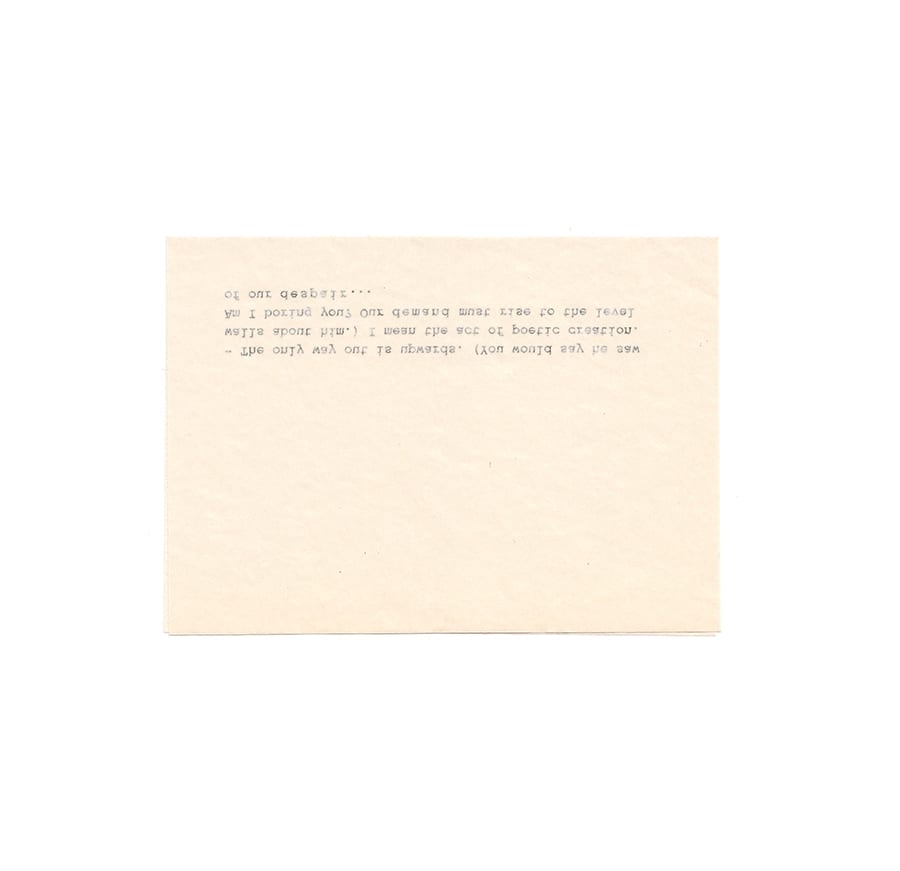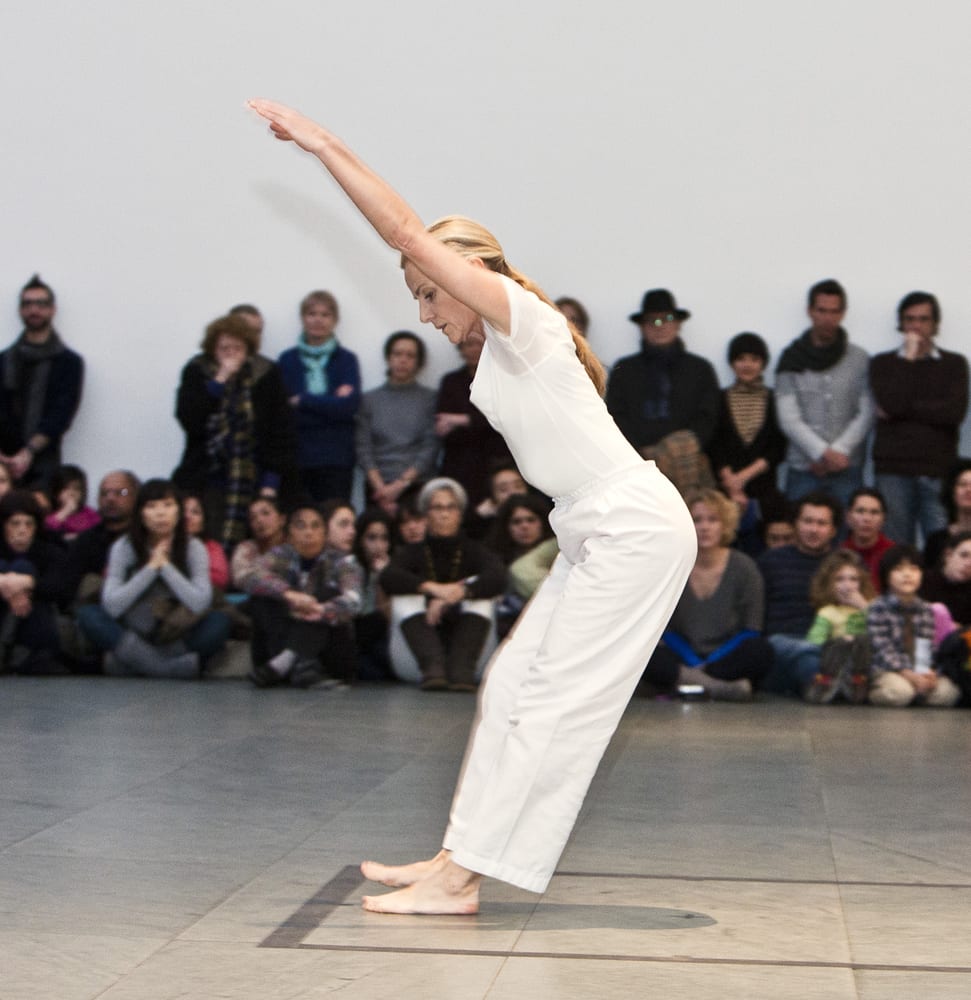By Marie Watt
Marie Watt first encountered Joseph Beuys’s work as a college student studying abroad. While working on an MFA at Yale, she wrote a reflection on the artist’s I Like America and America Likes Me from the perspective of Coyote, for a course taught by the art historian Romy Golan

